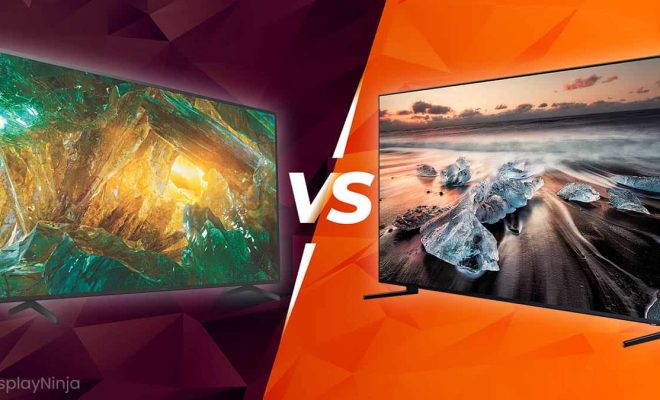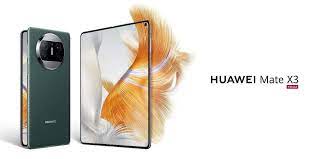4K and 8K TV refresh rates from 60hz to 120Hz: Everything you should know

Introduction:
With technology advancing at a rapid pace, the world of television has become an impressive arena for innovation. In the race to achieve the highest resolutions and fastest response times, 4K and 8K TVs are now providing consumers with incredible entertainment experiences. One of the most significant factors impacting image quality is refresh rate. This article covers everything you should know about refresh rates – particularly focusing on 60Hz to 120Hz – in relation to 4K and 8K TVs.
Understanding Refresh Rates:
Refresh rate refers to the frequency at which a display updates its content. It is measured in hertz (Hz) and represents the number of times a screen repaints itself per second. A higher refresh rate can result in smoother motion rendering, reduced motion blur, and better overall picture quality.
60Hz Refresh Rates:
A 60Hz refresh rate is considered standard for most TVs on the market today. This means that the screen refreshes itself sixty times per second. As a result, 60Hz displays work best with content encoded at that same refresh rate – such as movies, streaming series, or live televisión broadcasts.
The Pros:
– Lower price point than higher-refresh-rate models.
– Easily handles most types of media content.
The Cons:
– May experience motion blur or stuttering during fast-moving scenes or when playing advanced video games.
120Hz Refresh Rates:
With double the refresh rate of their 60Hz counterparts, 120Hz TVs provide an enhanced viewing experience with smoother motion reproduction and reduced motion blur. These TVs are especially beneficial for fast-paced content like sports events and video games.
The Pros:
– Reduces motion blur, providing smooth visuals.
– Ideal for fast-paced content like sports and video games.
– Offers a more immersive viewing experience.
The Cons:
– Higher price tag than 60Hz models.
– Limited availability of true 120Hz content.
4K and 8K TVs:
4K TVs offer four times the resolution of Full HD displays (approx. 3840 x 2160 pixels), while 8K TVs have a whopping sixteen times the resolution (approx. 7680 x 4320 pixels). It’s important to note that since most broadcast and streaming content is still produced at resolutions lower than native Ultra HD, buying a TV with a higher refresh rate could be more beneficial in terms of image clarity than opting for a higher resolution display.
When it comes to refresh rates, both high-quality 4K and 8K TVs offer either 60Hz or 120Hz options. A display with a higher refresh rate will typically command a higher price, but may be worth the extra cost if you’re an avid gamer or passionate sports fan looking for the best possible motion quality.
Conclusion:
Understanding refresh rates and their impact on your viewing experience is critical when choosing between a new 4K or 8K TV. While opting for higher refresh rates like 120Hz can lead to smoother motion and an overall enhanced experience, it comes with a premium price tag. However, if your primary use is watching fast-paced sports or playing action-packed video games, investing in a higher-refresh-rate TV may well be worth it.





